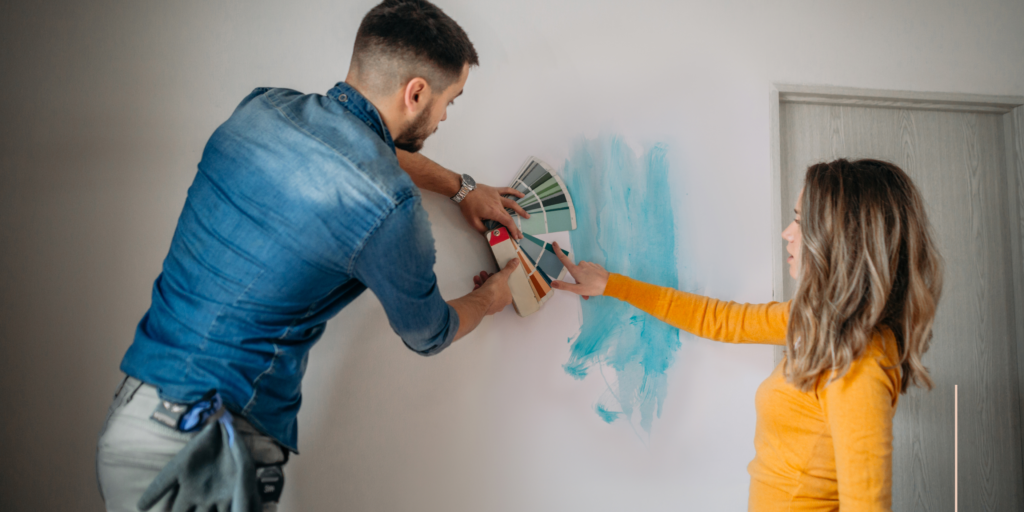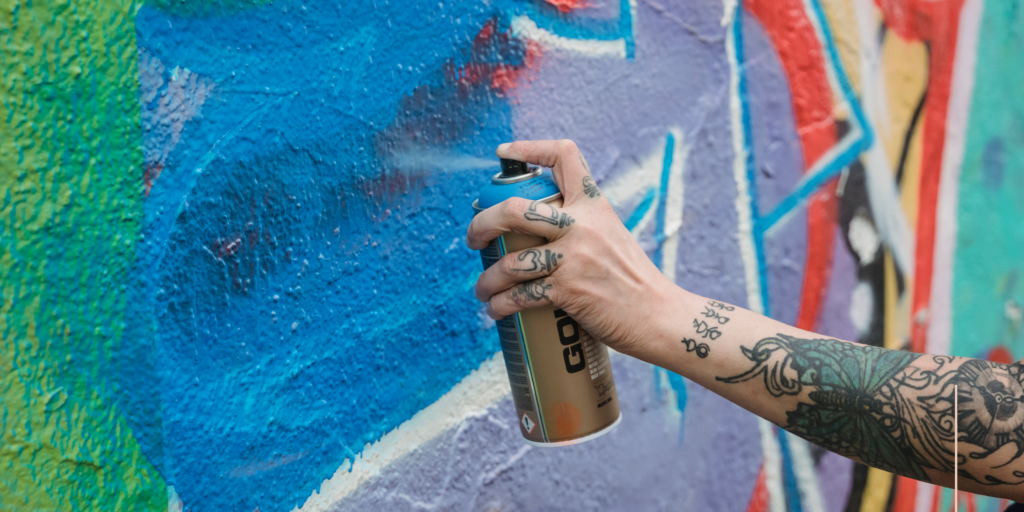Does painting your interior walls appeal to you, but you don’t know how to start? Painting the walls of your room yourself may be an enjoyable and inexpensive activity that will allow you to transform the interior design of your space. Given the necessary dose of creativity and some valuable hints, you might be surprised at how fast the plain walls will turn into art masterpieces. In this guide, you will learn eight tips on painting your walls by yourself, from picking the right colors to adding some individual touches.
Choosing the Right Colors
The most crucial move as far as painting your walls is to select the right color(s). Consider what mood you want each room to evoke – serene or exciting. Color can call up distinct emotions, so think about what will work well for each room in your home.

Prep Your Walls
The first thing to do before you start painting is to ensure your walls are well-cleaned and prepped. This covers such processes as plastering the gaps and the cracks with spackle, sanding the rough parts of the wall surface, and wiping the wall to remove all the dust spots and dirt. This will result in a smooth finish, and the paint will stick properly to the wall if you do the correct prepping.
Use Painter’s Tape
To get straight lines and neat edges, you can apply painter’s tape on the edges of the walls as guidelines. This will prevent unwanted paint from getting onto an area you don’t want painted. Ensure that the tape’s seal is tight by pressing down firmly, and be sure you are gentle when peeling off the tape after the paint dries.
Get Creative with Stencils
Stencils are the perfect option if you’re trying to add some unique design to your walls. Stencils are available in many forms and patterns; you can create one-of-a-kind looks on your once-plain walls. Just put the stencil on the wall and paint over it to give your project an intriguing, expert look.
Try Ombre Walls
Ombre walls are a painting technique that has gained much popularity lately, since the color scheme uses different fading shades of the same hue, which creates a gradient effect. You can add more drama and interest to your walls by creating texture variations, changing their appearance, and making them unique. Start with the lightest shade at the top of the wall and slowly blend into the darkest shade at the bottom.
Experiment with Textures
Utilize texture on your walls through finishing materials that will turn any ordinary space into a dynamic space. Different painting techniques mean that you can obtain different textures from them, ranging from sponge painting, rag rolling, or stippling. Try out different methods to attain the look you want for your room.
Create a Focal Wall
Consider a dramatic or purposeful move with a focal wall if you aim to express yourself through a bold feature in the room. Go for one wall that appears in an attractive color or pattern, and then set up an area to which you want to place specific attention. This may be applied to wall arrangements that define space and give it aesthetic value.

Makeup with colors
If you want a more subtle approach to adding color to a wall, consider something different. Decide on painting a selected wall in a bright color while the rest with neutral shades. The approach can bring out the character of your interior space, providing comfort without overpowering the room.
Overall, even though painting your home’s interior can be a fun DIY project, this process can be both intimidating and liberating at the same time. These eight simple tricks will help you transform your walls into a beautiful and expressive place. So, indulge in some wall art painting with confidence today!
Ensure that you purchase high-quality paint and brushes for your paint project and you will be amazed by the professional results. Happy painting!

